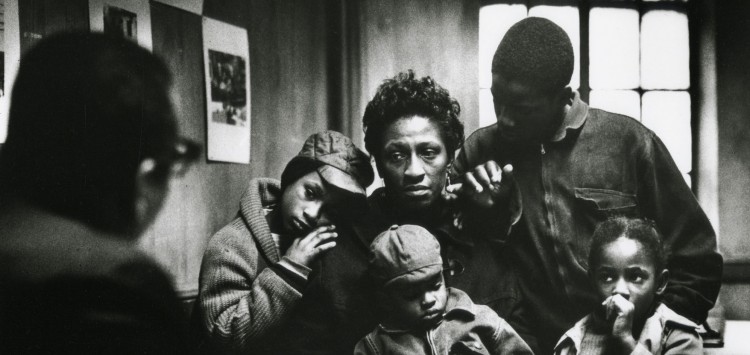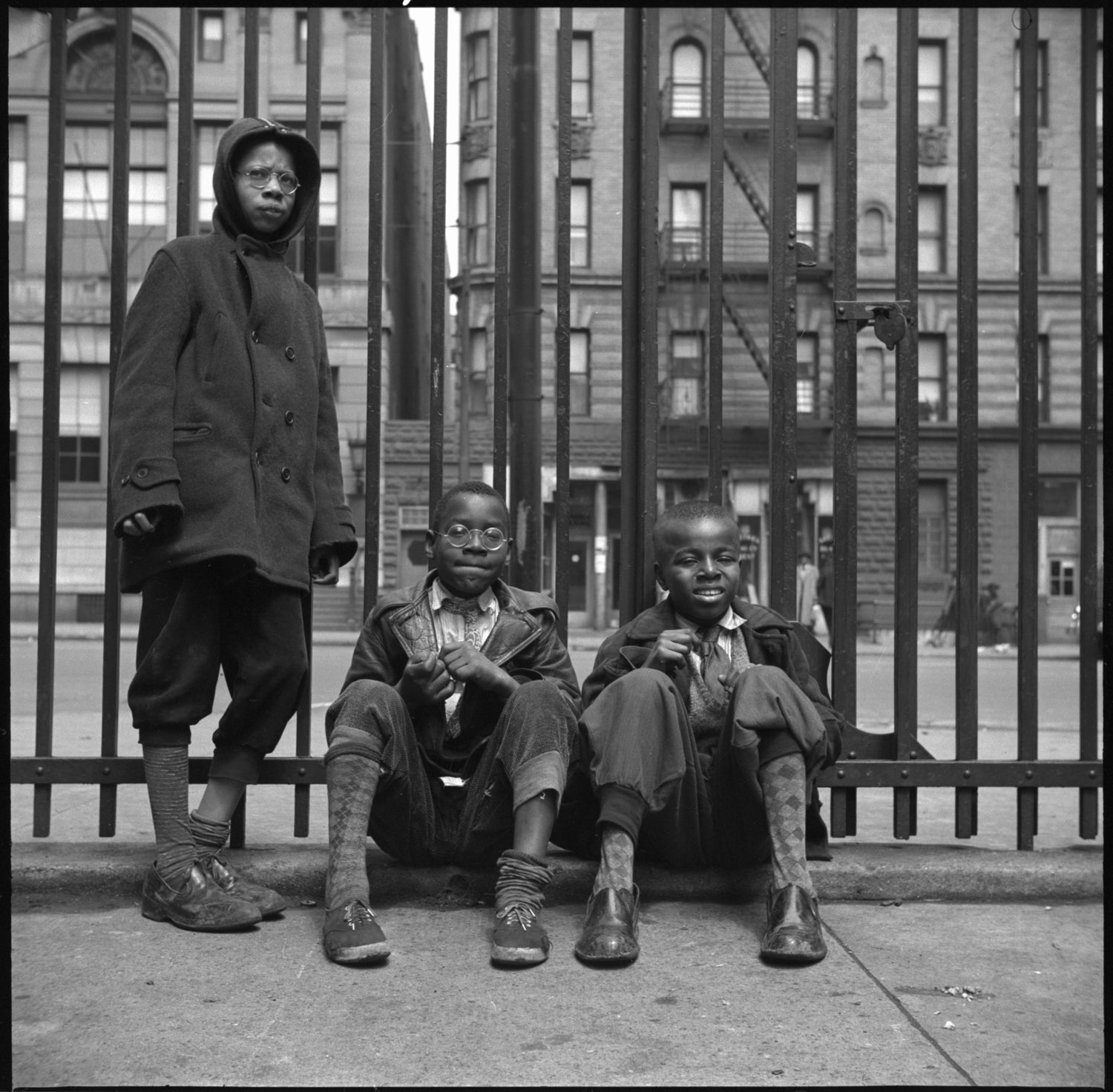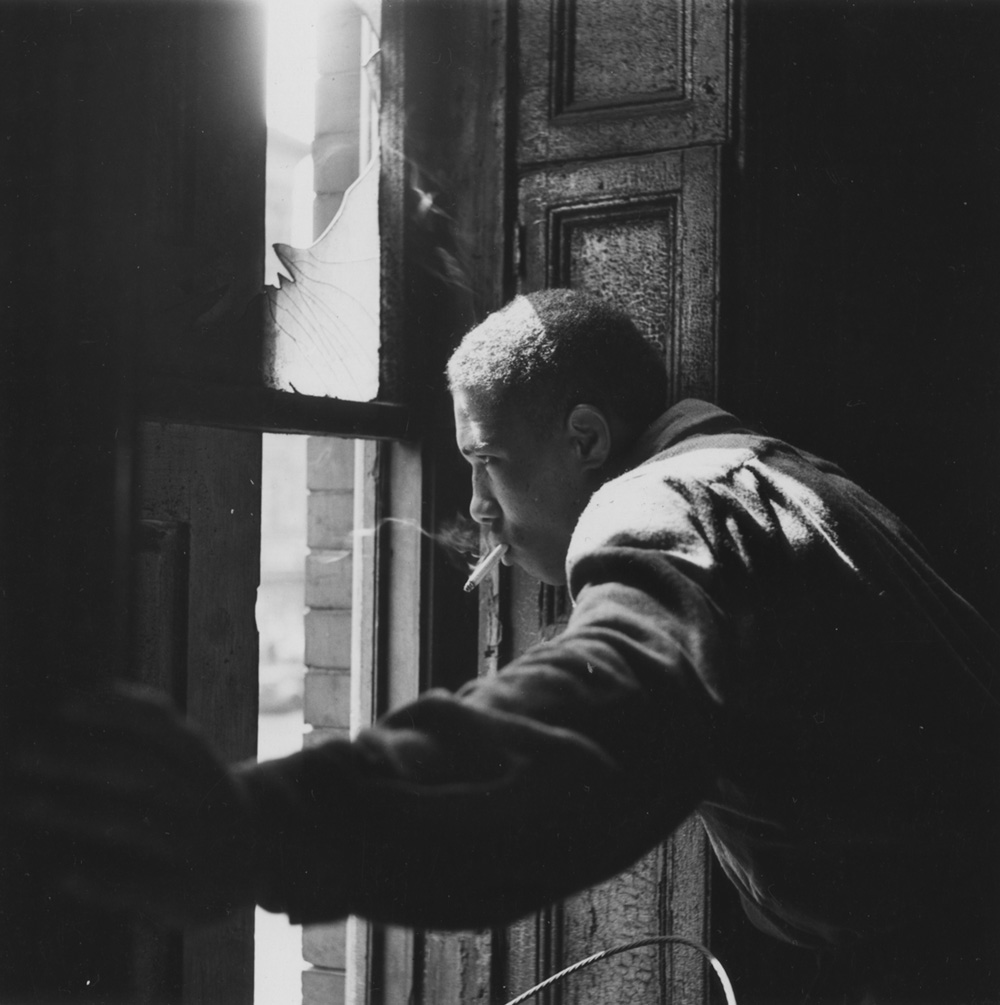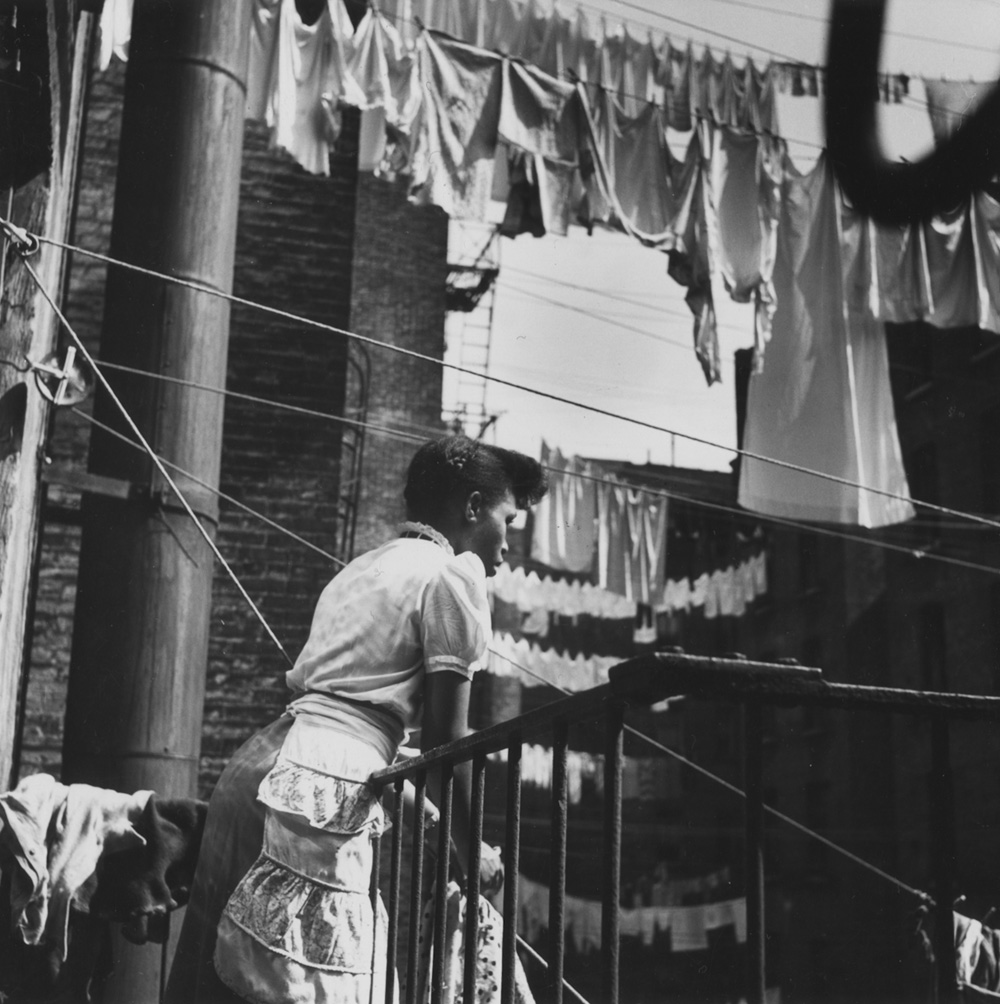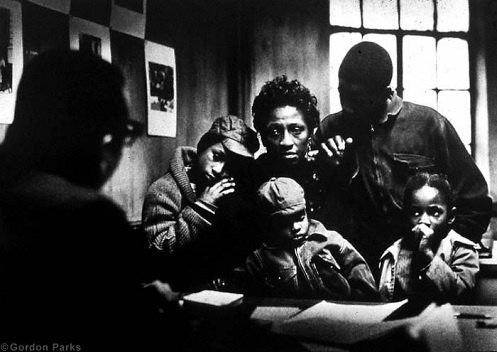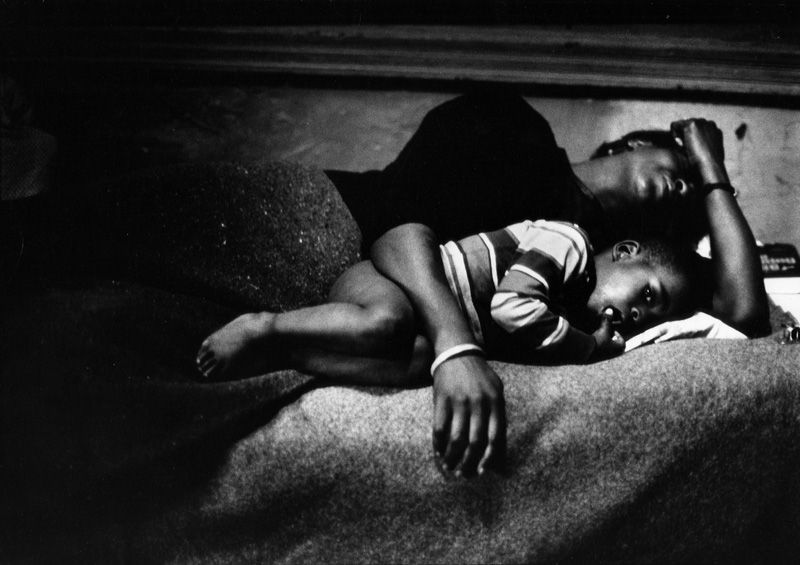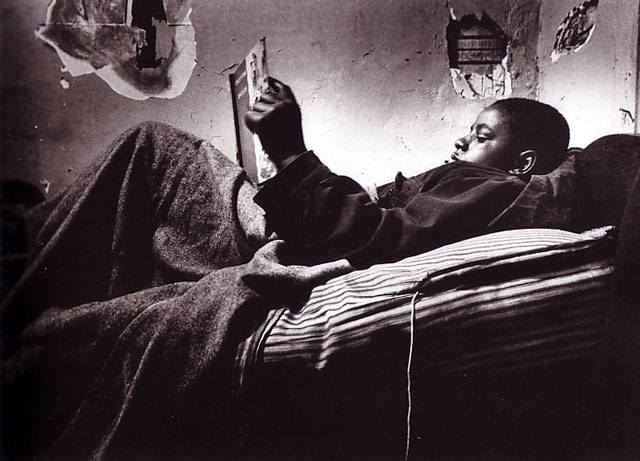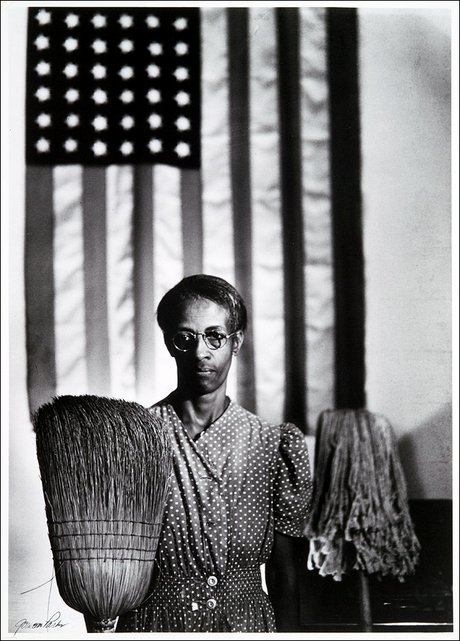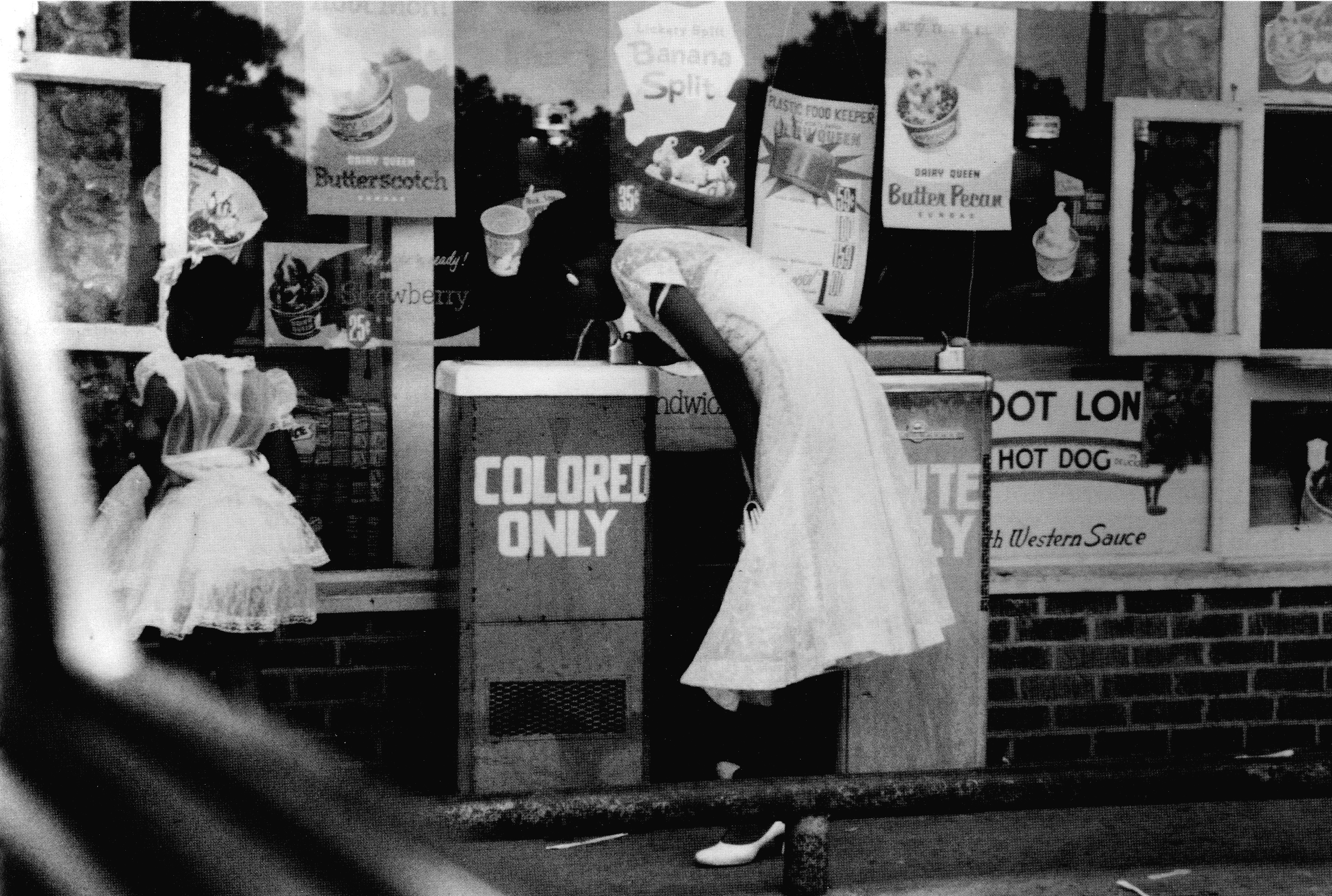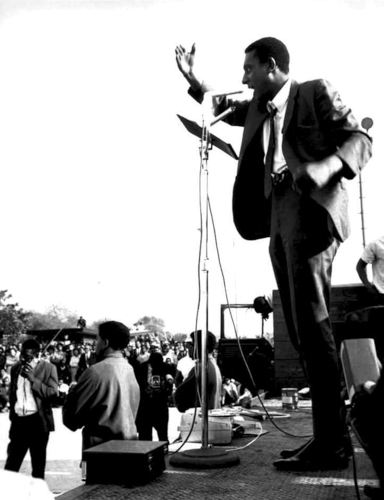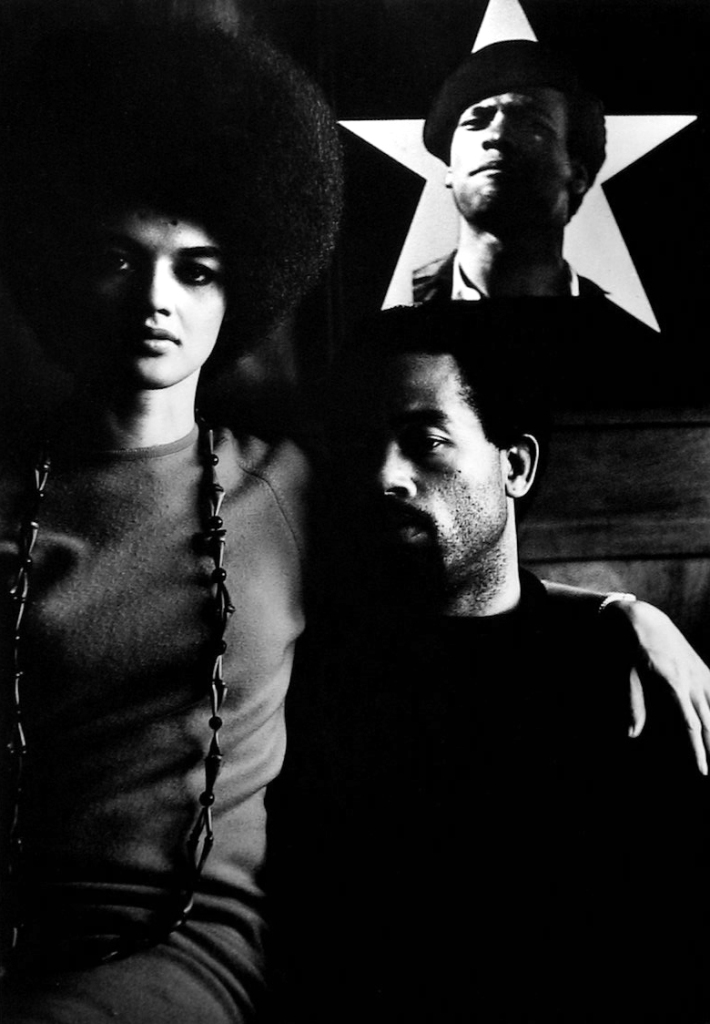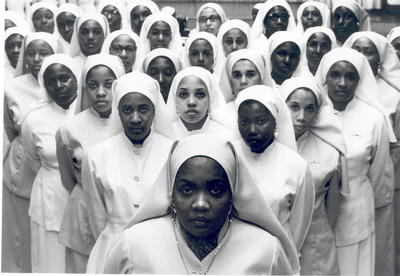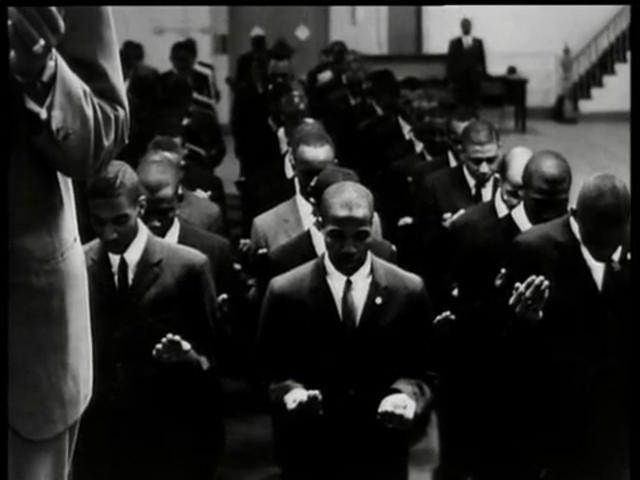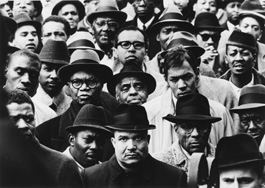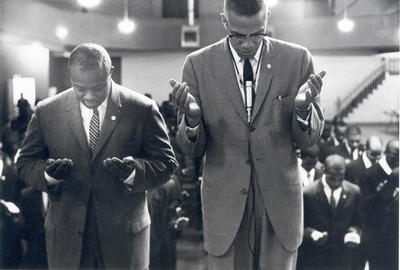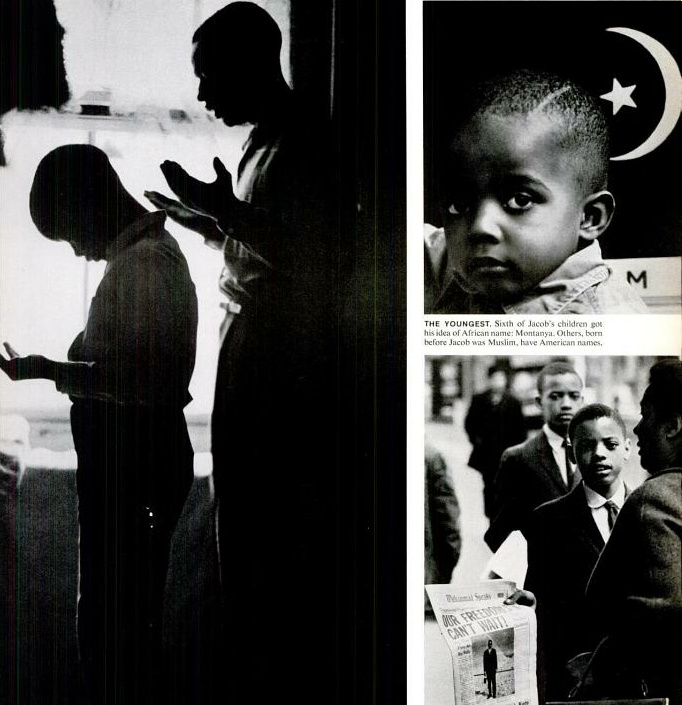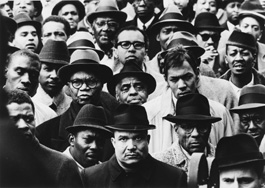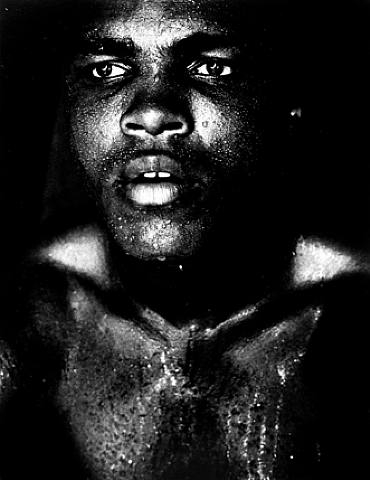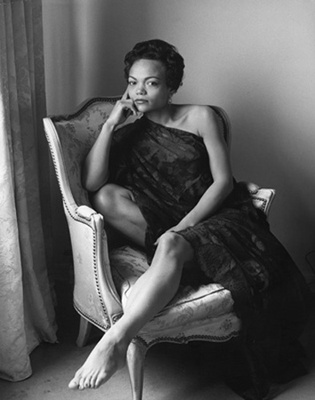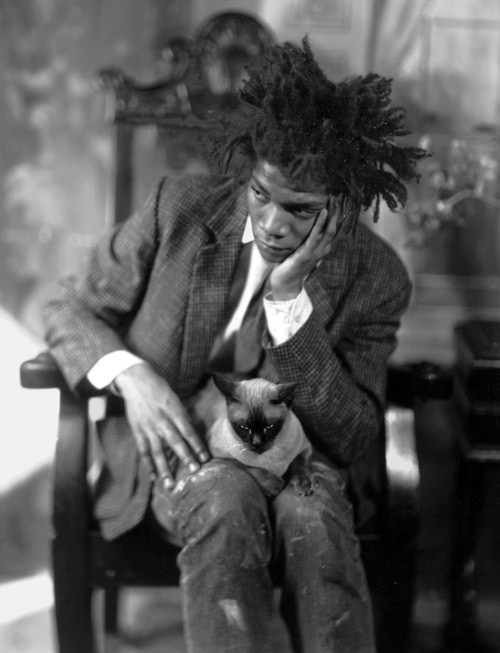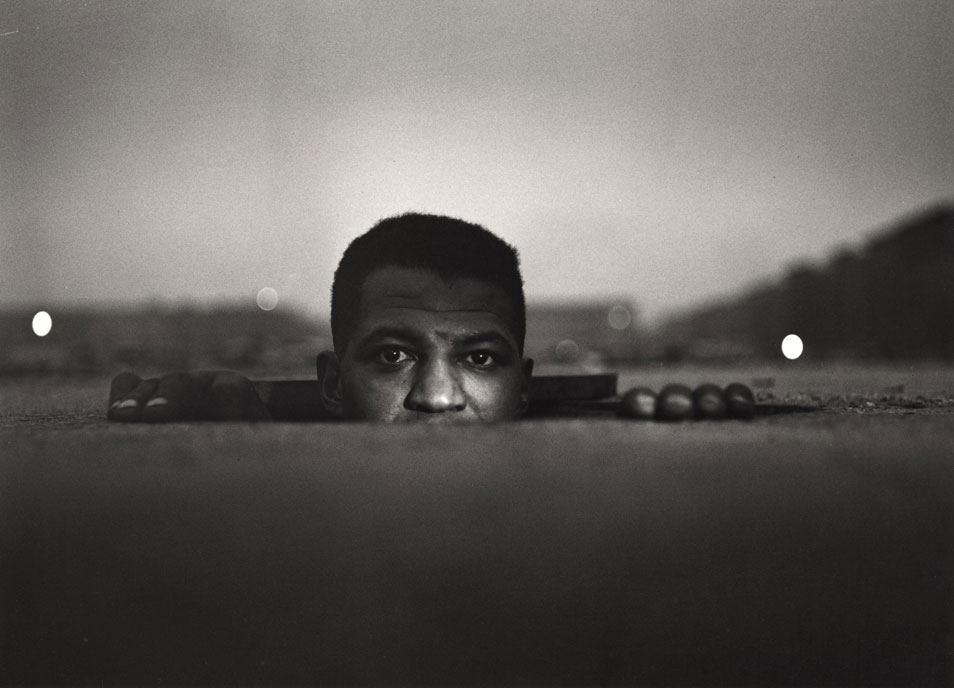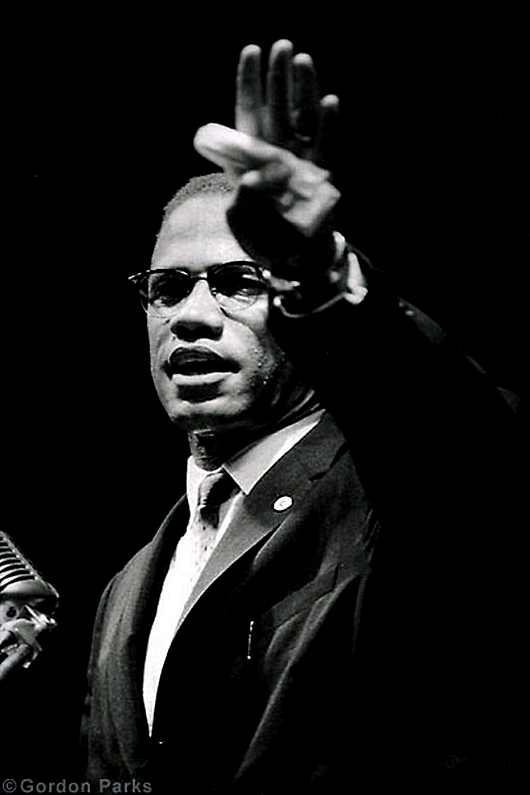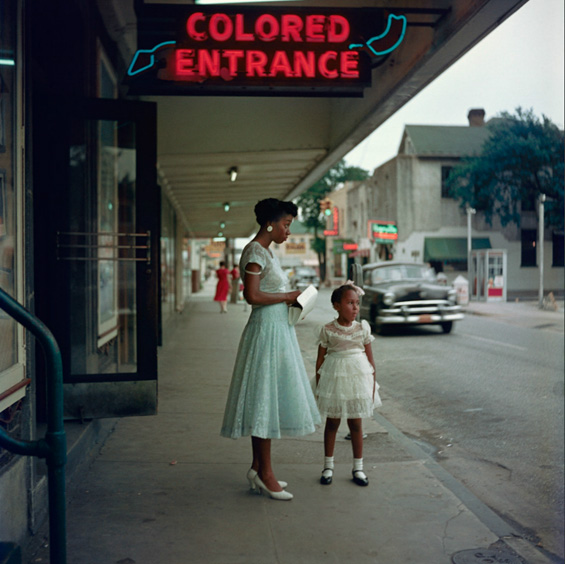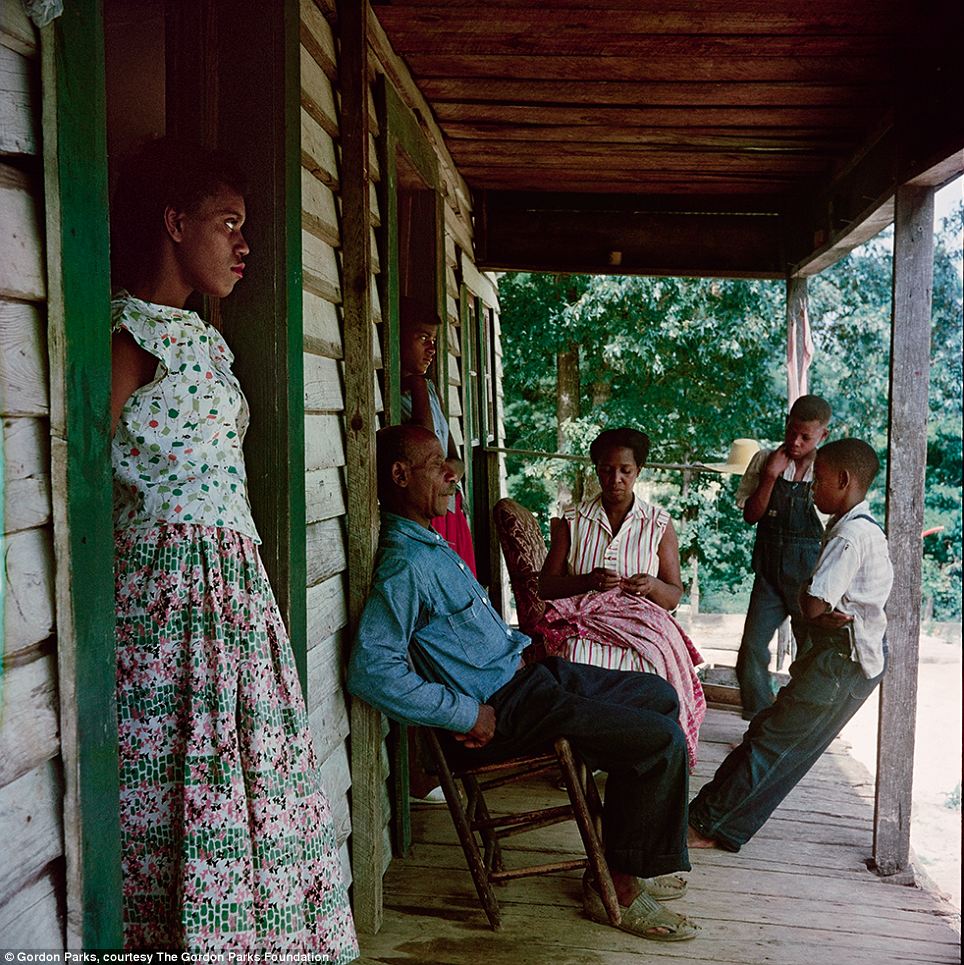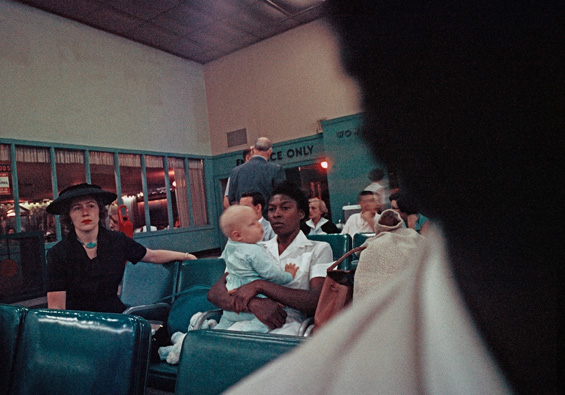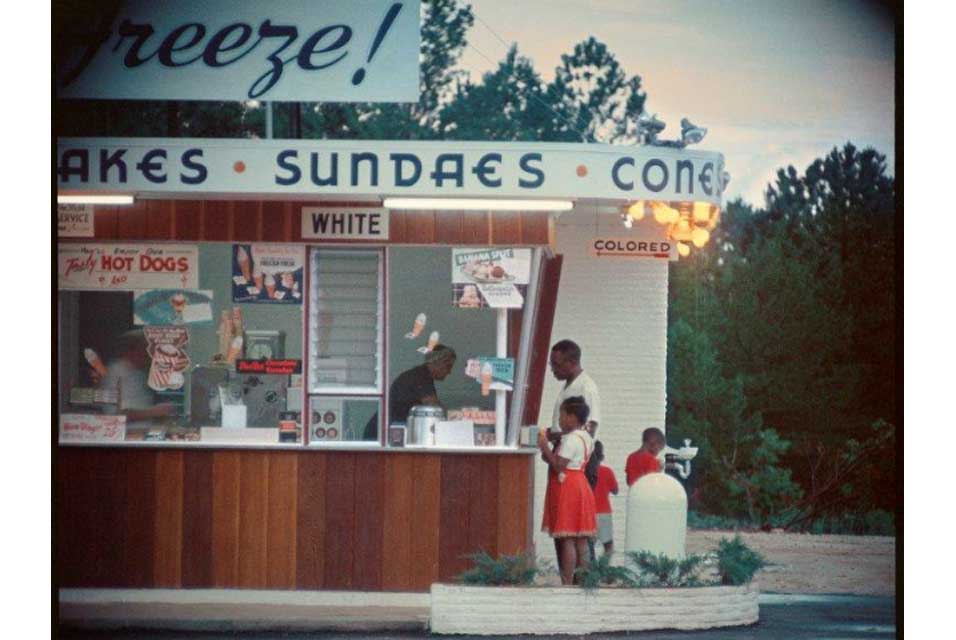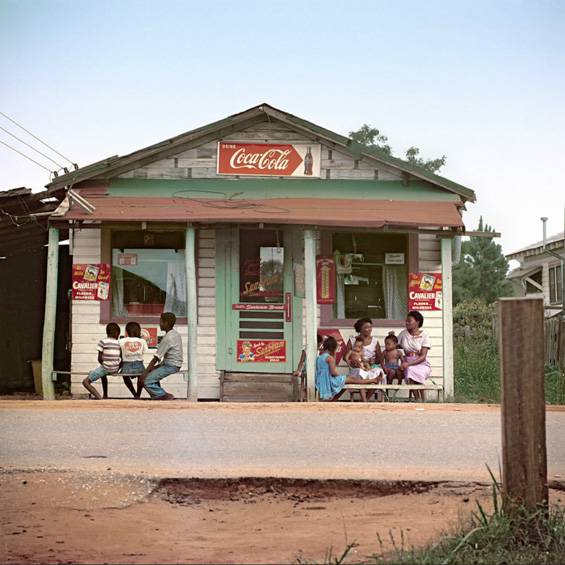“I saw that the camera could be a weapon against poverty, against racism, against all sorts of social wrongs. I knew at that point I had to have a camera.” ~Gordon Parks
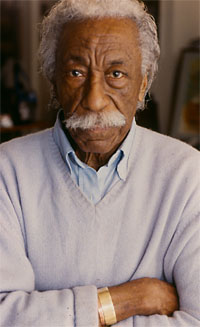 Ancient and traditional African art function in a holistic manner to serve the mind, body and the spirit. The body of work of the great African American photographer and all around artist Gordon Parks demonstrate this very well.
Ancient and traditional African art function in a holistic manner to serve the mind, body and the spirit. The body of work of the great African American photographer and all around artist Gordon Parks demonstrate this very well.
A self-taught photographer, Parks used his camera in the same spirit as his artistic ancestors to capture the essential qualities of his subject. His skillful use of light, composition and inherent respect for humanity transcended his work from mere photojournalism to artistic expression.
The photos below display the harshness of inner city life with dark, sharp symmetrical buildings and furniture, contrasted with subtle portrayals of its residents. They are tough and wounded, yet alive and fully human.
Parks’ gift in capturing the humanity of poverty stricken individuals and families without clichés or glorifying their plight was on full display in Life magazine’s 1968 photo essay The Cry that will be Heard photos: There is weariness and pain in the faces, but still a sense of resilience. Minimal lighting and heavy tonalities evoke strong emotions and stir in the viewer a need to do something to help.
The Civil Rights movement brought America face to face with its shameful past and unjust laws and Parks used the power of the photograph to give the world some of the most iconic imagery of African Americans’ desire to be recognized as full citizens.
Parks also covered the controversial Nation of Islam in another Life magazine photo essay. Instead of portraying the movement as evil and fearsome; Parks used a military style symmetry in many of the photos to convey the structured, disciplined nature of the N.O.I.; he also, highlighted the religious and family orientation by photographing their children and private moments of prayer.
Parks’ portraits demonstrates again his uncanny ability in seeing the “soul of Black Folks”. Muhammad Ali’s portrait in 1970 is particularly strong; showing the heavyweight boxing champion’s warrior spirit.
Muhammad Ali, 1970
Gordon Parks is mostly known for his black and white photography; however he also showed superior skills in colour photography as well. His unpublished Segregation Series photos are astonishing, not only in subject matter, but in artistic expression as well. There is a beautiful continuity of the colours red and pale green throughout the photos. Red and green are complementary colours or on opposite ends of the colour chart. In the chakra colour system, the colour red spiritually represents survival and grounding, while green represents the release of emotionally suppressed trauma. Ironically, these are two forces competing in the American psyche.
For Gordon Parks’ biography: https://kentakepage.com/gordon-parks-renaissance-man/
Submit your review | |



